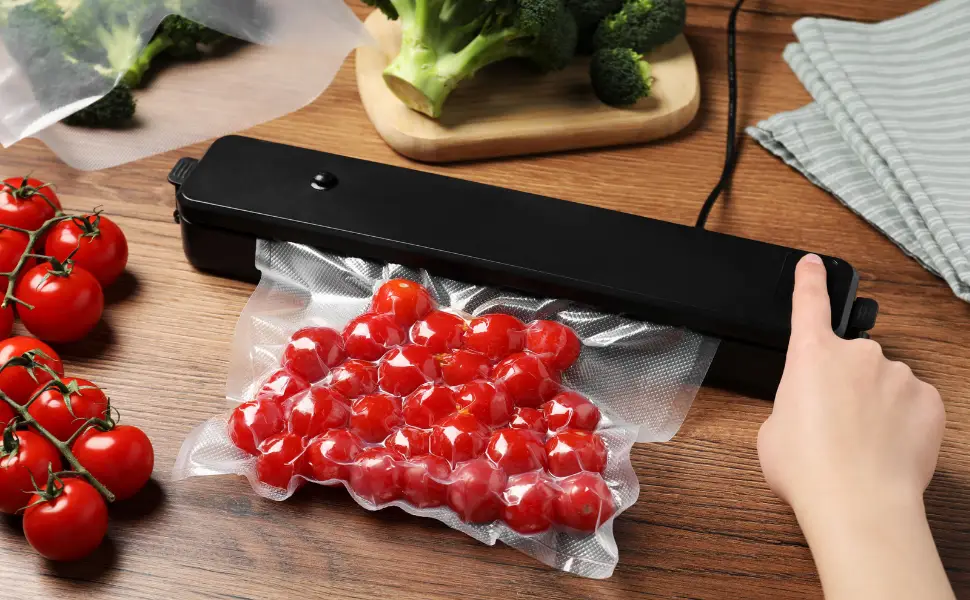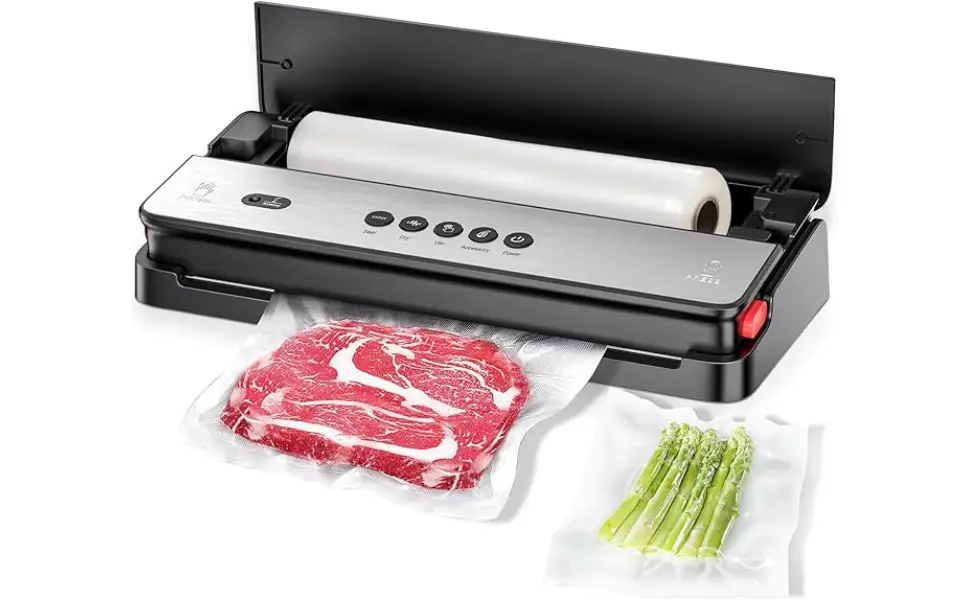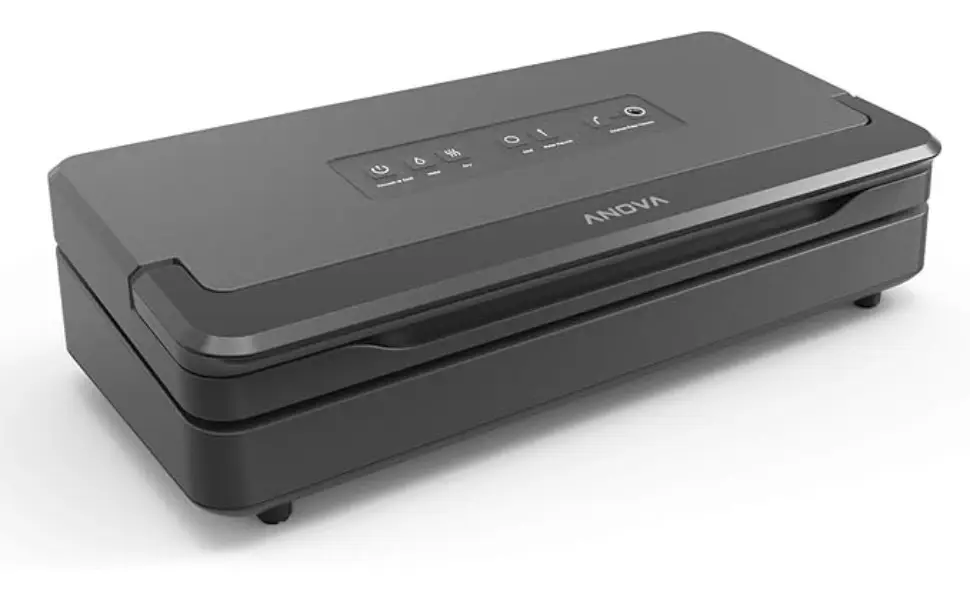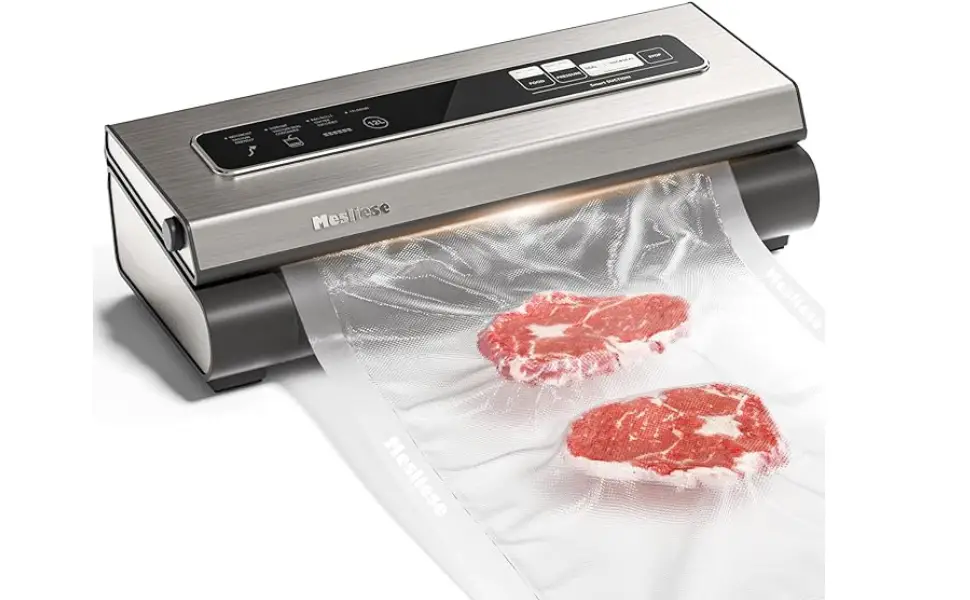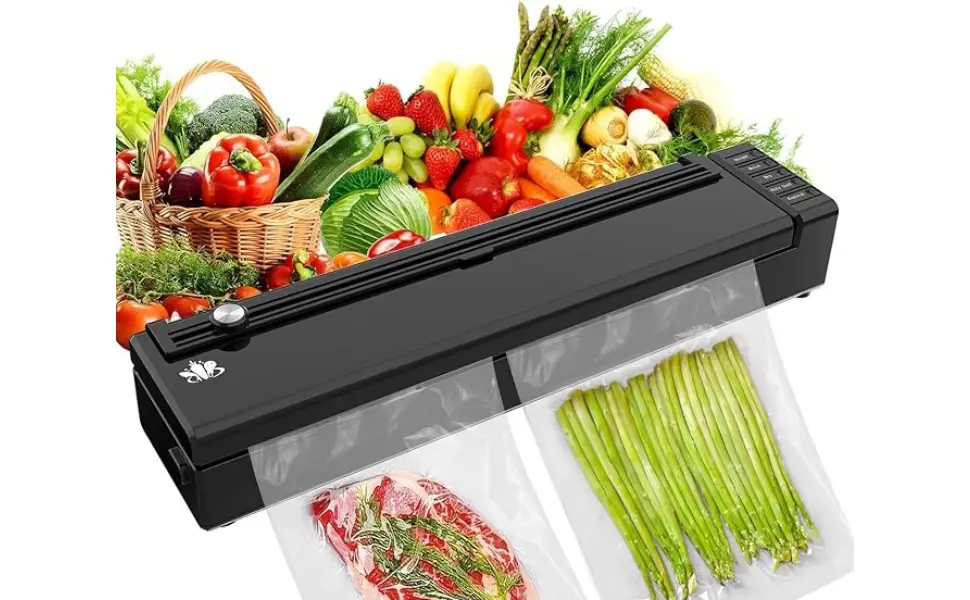Disclaimer
CouponSouq does not take any responsibility for the products or services users purchase. We provide our users with discounted coupon codes for online buying from top local and international brands. Product guarantees and warranties are governed by the store’s own set of policies from which users are making a purchase. Therefore, CouponSouq shall not be held responsible for any delays and/or issues related to purchases made.
Subscribe Our Newsletter
We Value Your Savings As Much As You Do. Subscribe now And Keep Saving On Everything With The Latest Coupons and Offers!

